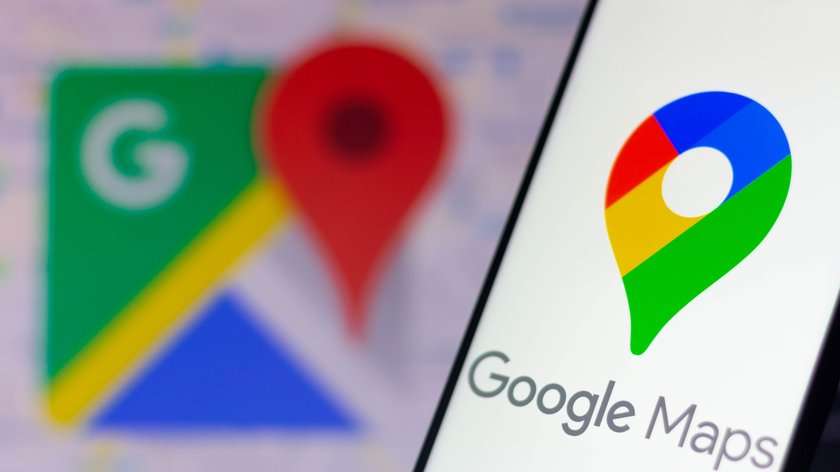US President Donald Trump has proposed renaming the Gulf of Mexico to the “Gulf of America,” a change already reflected on Google Maps for US users. While the name change is not applicable globally, users outside the US can see both names. This move is part of a broader trend of geographical rebranding and raises concerns about the implications of such changes, especially given Trump’s history with territorial claims and tech companies.
Trump’s Controversial Name Change for the Gulf of Mexico
In a surprising move ahead of the upcoming election, US President Donald Trump has initiated a plan to rename the Gulf of Mexico to the “Gulf of America.” Google has confirmed that this new designation is already visible to users in the United States, marking a significant shift in geographical naming conventions.
For users in the US, the Gulf of Mexico is now officially displayed as the Gulf of America on Google Maps. However, this name change is not universally applied, as users outside the United States can still see both names. When searching for either term on Google Maps, the location is identified as “Gulf of Mexico (Gulf of America),” ensuring clarity for all users. As of now, other mapping services, including Apple Maps, have yet to adopt this new name. Interestingly, in Mexico, the traditional name “Gulf of Mexico” remains the sole term used by Google Maps.
A Shift in Geographical Naming Conventions
The recent announcement by Google regarding the Gulf of Mexico is part of a broader trend that includes renaming Mount Denali back to Mount McKinley. This mountain, the highest in North America, was renamed in 2015 to honor its original designation used by indigenous peoples. Google has indicated that it will adhere to the naming guidelines established by the current administration, which are mandatory for geographical identifiers.
For users in regions affected by the name change, such as Germany, both names will be accessible on Google Maps, similar to the naming conventions for the body of water between Japan and mainland China, which is referred to as both the Sea of Japan and the East Sea depending on the country.
Trump’s actions surrounding these name changes may appear trivial or humorous, but they carry significant implications. His previous statements regarding territorial claims, like those concerning Greenland, raise concerns about the potential for escalating rhetoric. Observers speculate whether Trump will be satisfied with the name change being limited to US users or if he might pursue broader international alterations, potentially complicating matters for Google Maps.
This move also highlights Trump’s complex relationship with major tech companies, as he has previously faced accusations of being influenced by foreign powers. The ongoing situation suggests an attempt to reshape perceptions and control over geographical designations as he approaches the election.
For those interested in navigating this new landscape of geographical naming, Google Maps remains the leading mapping and navigation service. Stay informed about the latest technology developments by following us on WhatsApp and Google News!
